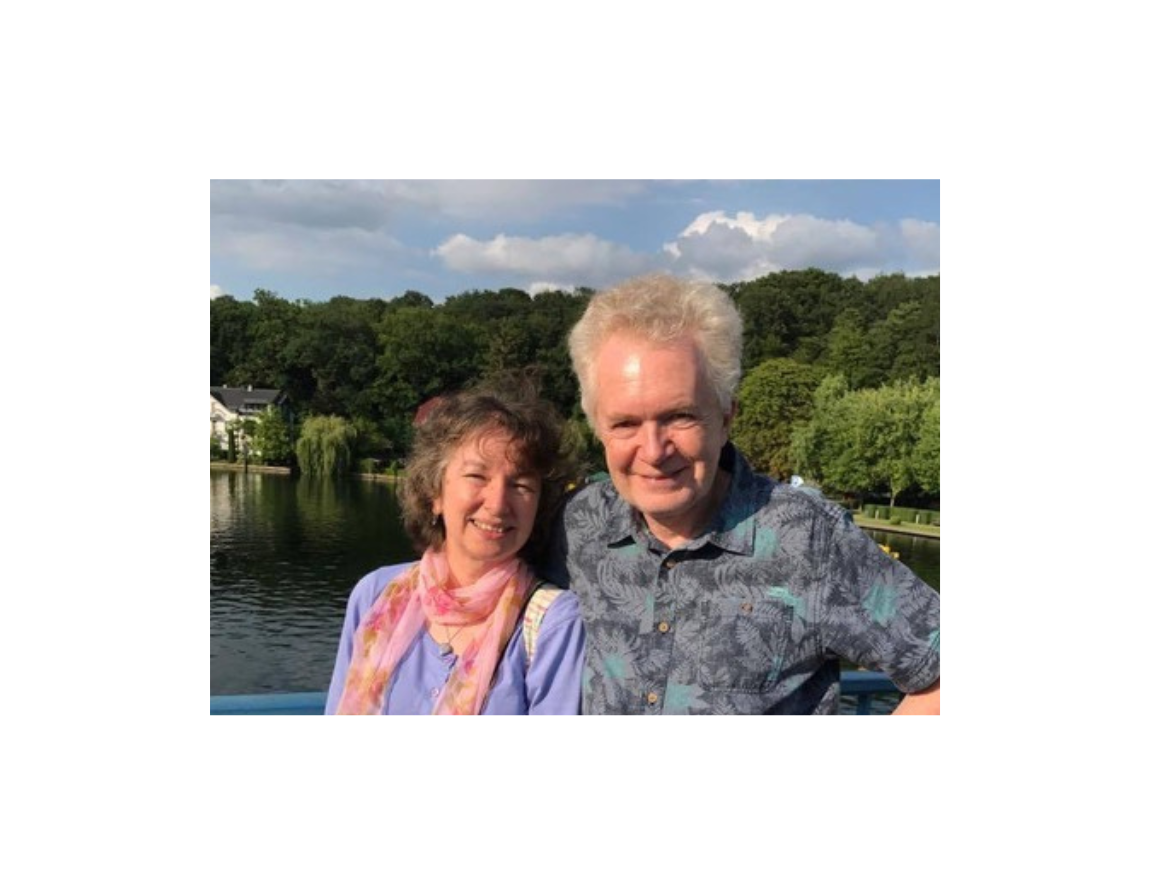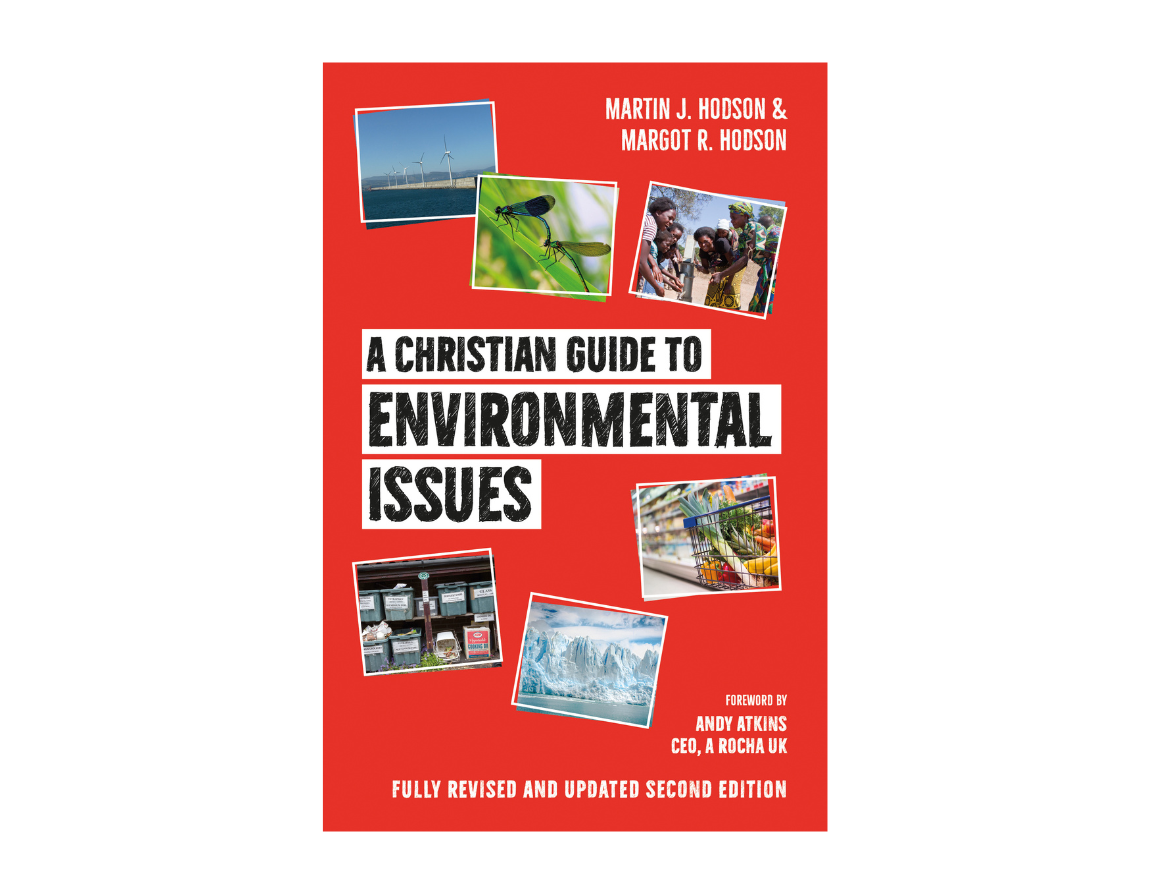To mark COP 29 taking place in Baku, Azerbaijan, Martin Hodson reflects on the growing environmental challenges we face and how to respond when those challenges seem overwhelming.
17 November 2024
An avalanche of bad news
The news is not good. In, fact it is pretty terrible.
On 30 September 2024, I was asked to write this article to mark the United Nations climate change meeting, COP29, in Baku, Azerbaijan. I knew even then that I would not be able to write it before the US election. You will see why below. But since the end of September we have had what can only be described as an avalanche of bad news.
Let us begin with the science. As a direct result of our carbon emissions continuing to increase, we are seeing record global surface temperatures. So 2023 shattered the previous annual record, and 2024 is almost certain to beat the record again. Just before the invitation to write arrived in my inbox, Helene, a category 4 hurricane, hit Florida and then went on into Georgia and several other states. It caused major damage and over 200 fatalities.
Then, on Sunday 6 October, as I was getting ready to speak for Climate Sunday at St. Mary’s, Watford, I spotted on social media that Hurricane Milton was forming in the Gulf of Mexico. A few days later the hurricane hit Florida while it was still clearing up from Helene. Milton was a category 5 hurricane that caused more damage and killed around 40 people.
Next, on the 29 October torrential rain caused major flooding in the Valencia region of Spain, killing over 200 people, again with substantial damage to property. What links these three events? Record sea temperatures, which give more energy to hurricanes, led to more evaporation from the Mediterranean and heavy precipitation. It is not well recognised, but around 90% of the heat from global warming goes into the oceans.
Some years ago my wife Margot and I had the idea of writing a Grove booklet on The Ethics of Environmental Management. Rather strangely, it was published just a few weeks ago, on 17 October, just in time for the biodiversity COP16 and the climate change COP29. In chapter 3 of the book, we look at developments since the 1992 Rio Earth Summit, outlining some of the key attempts at managing our global environment. Foremost among these are the United Nations Conference of the Parties (COP) meetings, the ‘parties’ being essentially the individual countries. We also write about where money comes into the equation (a lot!) and the stewardship ethic.
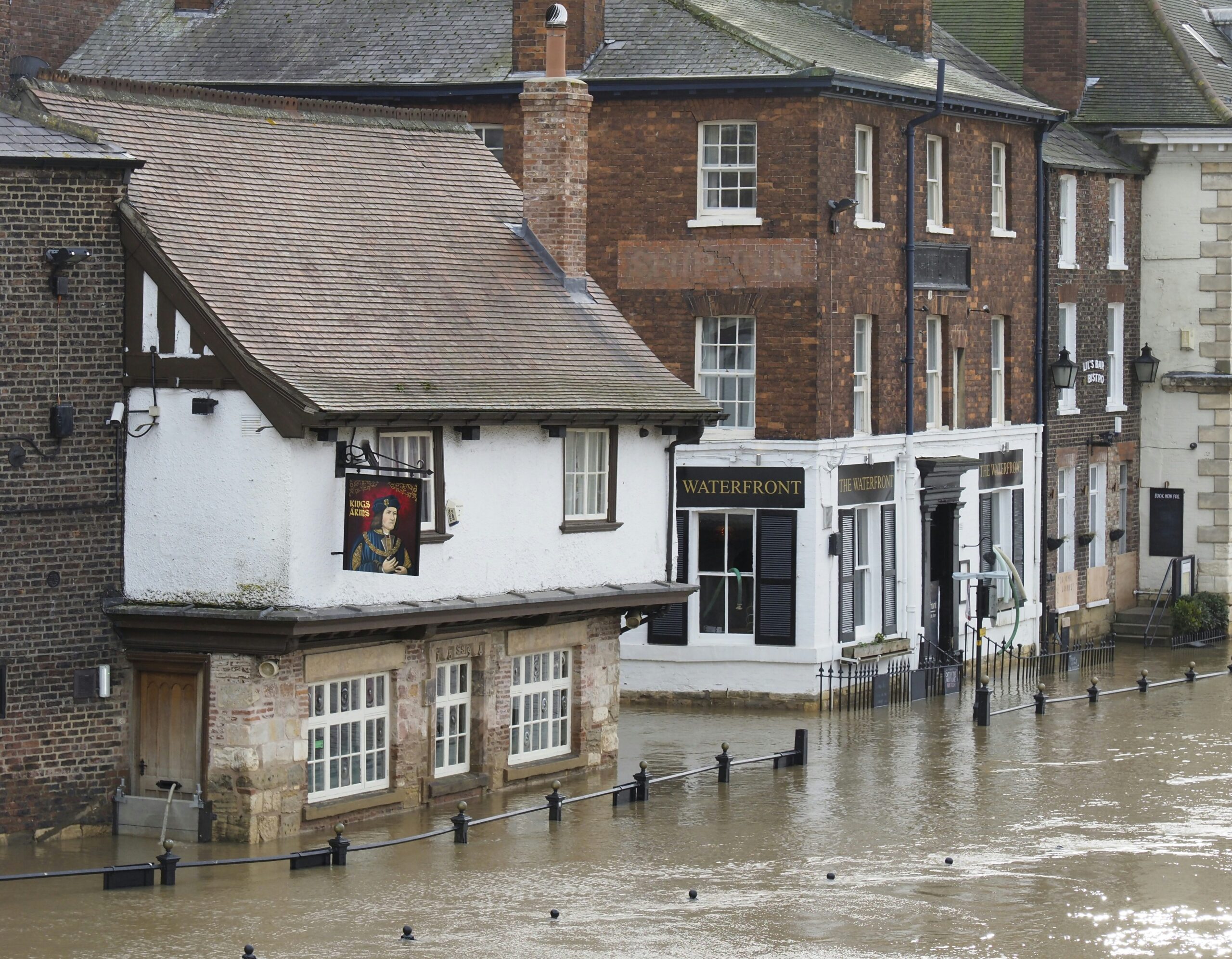
Since the end of September we have had what can only be described as an avalanche of bad news.
Biodiversity and climate change: two crises in one
Biodiversity is in trouble. It is often presented as being in a separate box to climate change, but this is a false distinction and the two are intimately linked.
In October, WWF released their Living Planet Report 2024, looking at population sizes of 5,495 vertebrates. In the 50 years between 1970 and 2020 this had declined by 73%. This massive decline set the background for COP16 in Cali, Peru. While the meeting did make some progress on a few issues, it was a dismal failure on funding nature conservation and on monitoring biodiversity targets, and it ended in total confusion. As we noted in our Grove booklet, money is one of the key problems with the COP meetings: who will pay?
The climate change COPs are also in trouble, and they have been for some time. Since the Paris Agreement was signed at COP21, progress on cutting carbon emissions has been painfully slow. Moreover, there have been real difficulties in agreeing who would pay for climate adaptation and who would pay for the damage caused to poor nations.
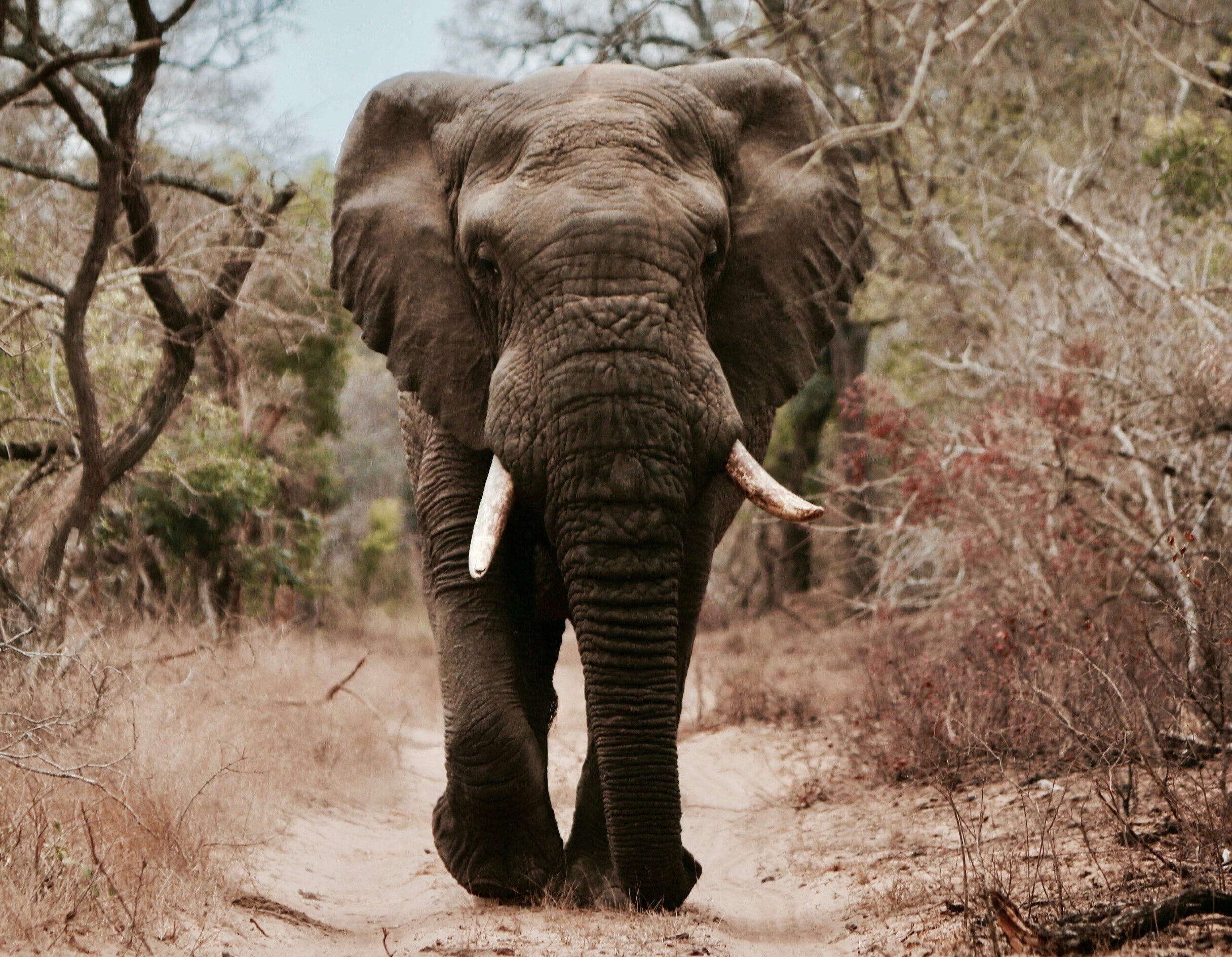
In the 50 years between 1970 and 2020 wildlife populations have declined by 73%.
The money COP
So we come to COP29, labelled as the ‘money COP’, where issues over finance are due to be settled. Even before the meeting started there were indications that it will have huge problems. A BBC investigation revealed that Elnur Soltanov, the chief executive of Azerbaijan’s COP29 team, discussed ‘investment opportunities’ in the state oil and gas company with a man pretending to be a possible investor.
Many world leaders have already stated that they will not be attending. Now, Donald Trump has been elected president of the United States for the second time. He is a climate sceptic, calling climate change a ‘hoax’. In his last presidency he withdrew from the Paris Agreement. Joe Biden took the US back into the agreement on the first day he was president, but Trump has vowed to take them out again, and might possibly withdraw from the whole UN process.
The USA is responsible for around 20% of global historical carbon emissions. In a fair world they would be paying 20% into the various climate change funds. But it is very hard to see Trump, who is so dedicated to ‘America First’, wanting to do that. The US team at the negotiations will be in a very difficult situation. I would like to be wrong, but I very much doubt there will be much progress on the key financial issues at COP29.
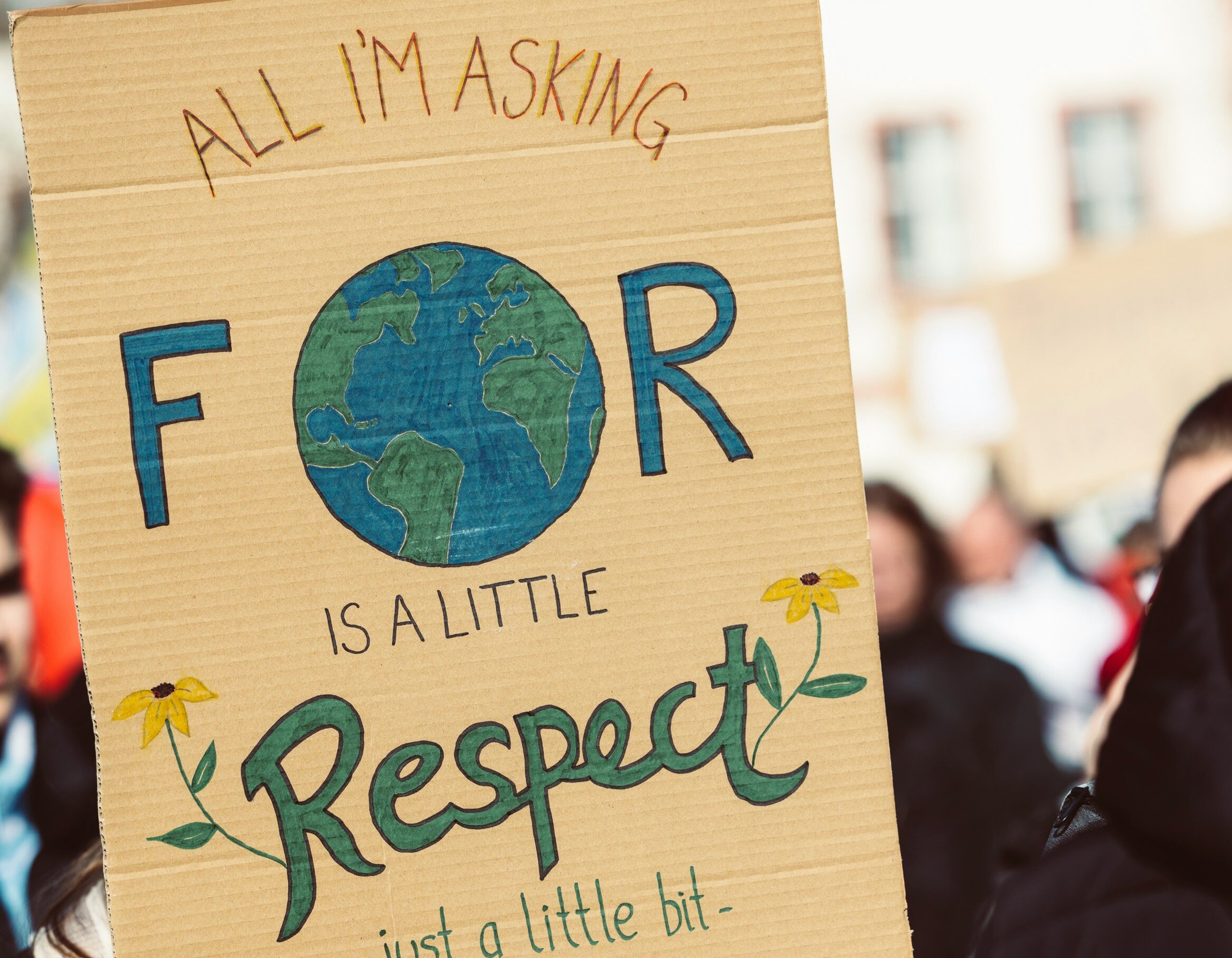
We keep going with our resilient hope, not knowing where it will take us or what will happen in the end.
So where is the hope?
Overall things look very grim on multiple fronts. So where is the hope in all this?
Three years ago in the run-up to COP26 in Glasgow, I described three hopes: proximate hope (we can fix it); ultimate hope (God will fix it); and robust or resilient hope (keeping going whatever). Now it really does look like we can’t fix our environmental problems. Ultimately, God can, but maybe not for a long time! So we need to keep going whatever.
Recently, I have been reading Life After Doom by Brian McLaren. Early in the book he describes four potential futures, going from a bumpy ride to sustainability all the way to the complete extinction of humanity and most of the world’s biodiversity. McLaren reckons all scenarios are possible. He wants to take us to a place, ‘where we seek the serenity to accept what cannot be changed, the courage to change what can be changed, and the wisdom to know the difference’.
McLaren is incredibly deontological. In simple terms, we do the right thing whatever the consequences or the outcome. So we keep going with our resilient hope, not knowing where it will take us or what will happen in the end. Let’s do that!

